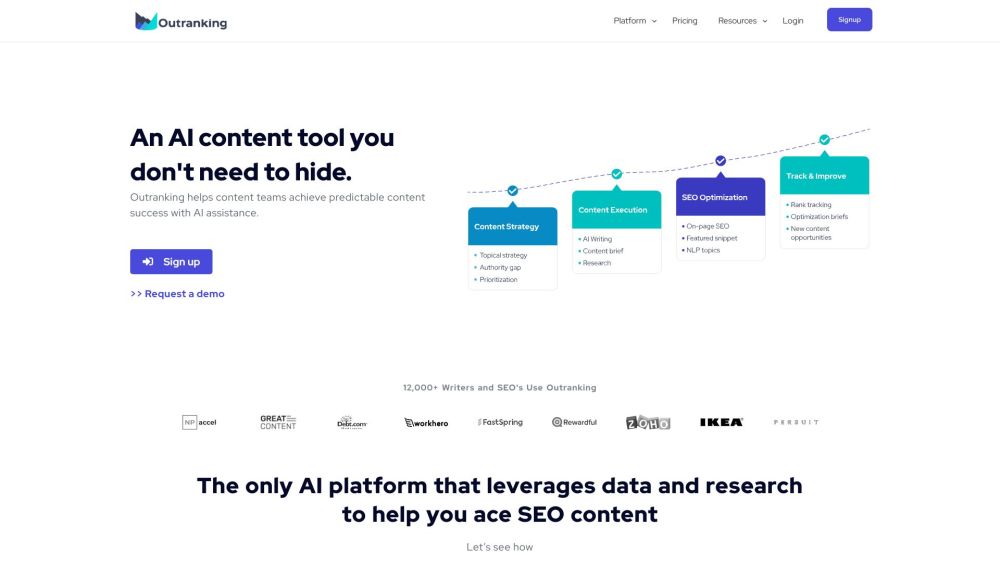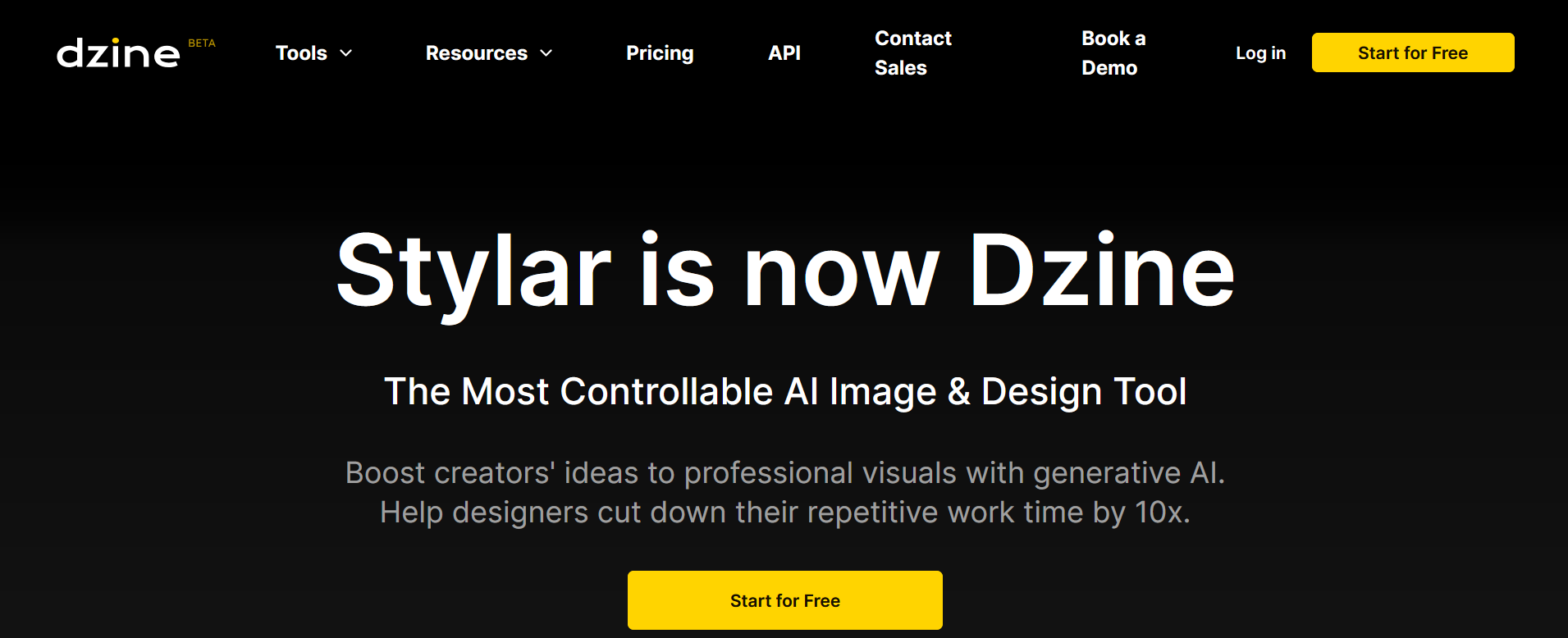Recently, Deep Matter Technology unveiled Uni-Finder, an innovative multimodal scientific knowledge model aimed at enhancing the efficiency of reading and analyzing scientific literature. This advanced platform combines robust multimodal search capabilities with natural language interaction technology, making it easier to extract vital data and improve comprehension of scientific texts.
Uni-Finder invites users to participate in its broader testing phase, addressing the often time-consuming task of literature review in research. While traditional databases facilitate searches, researchers still need to sift through extensive documents manually. Current large language models, while proficient in processing natural language, often fall short when dealing with scientific documents that include multimodal components like molecular structure diagrams and chemical reaction equations.
To overcome these challenges, Deep Matter Technology has launched the Uni-Finder platform. It not only rivals traditional databases like SciFinder with its multimodal search functions but also automates information extraction via natural language interaction. This includes identifying common intermediates across multiple patents and retrieving activity data for small molecules linked to specific targets.
At the heart of Uni-Finder’s capabilities is its proprietary Universal Science Multimodal Transformer (Uni-SMT). Unlike earlier large language models that focused on text alone, Uni-SMT integrates various multimodal elements inherent in scientific literature—such as graphs, mathematical equations, and molecular structure representations. This multimodal alignment enhances the model's overall understanding of texts. For example, Uni-SMT can concurrently interpret Markush structures (which contain variable groups) and their descriptive text, effectively delineating the scope of patent protections.
Key functionalities like molecular structure recognition and thorough multimodal comprehension demonstrate Uni-Finder’s significant advantages over other literature analysis tools powered by large language models.
Advancements in Drug Research with Uni-Finder
In drug research, analyzing scientific literature can be particularly labor-intensive. Researchers often need to evaluate numerous documents to identify critical target regions and compile data on small molecules. Uni-Finder streamlines this process, enabling a more efficient literature retrieval and analysis workflow.
By utilizing Uni-Finder, researchers can significantly reduce the time spent on literature reviews, allowing them to concentrate on tackling research challenges. For instance, when exploring the SOS1 target in drug development, researchers can efficiently gather information regarding SOS1-related diseases and colorectal cancer, laying a solid groundwork for further inquiry.
Uni-Finder's advanced search functions facilitate in-depth exploration. For example, by selecting the "SOS1" target tag, researchers can quickly access related patents, reflecting Uni-Finder's precision in information retrieval. A detailed analysis of patent trends associated with the SOS1 target over the last decade can provide valuable insights into market dynamics and competitive landscapes, ultimately aiding strategic planning.
Through cross-document analyses, such as scaffold clustering, researchers can stay updated on the latest innovations and directions in their field, offering crucial scientific guidance for new drug design and development. They can also examine specific patents closely, assessing protected molecular structures and extracting high-activity implementations.
Additionally, by uploading molecular structure diagrams and engaging in interactive discussions, researchers can determine whether specific molecules are covered by existing patents. This thorough analysis highlights Uni-Finder's practicality in drug development.
One beta user in the drug development sector reported that after two weeks of using Uni-Finder, its conversational interface could quickly provide shared intermediates used in patent examples or identify the structure of highly active implementations in less than 10 seconds. In complex patent research tasks, the information Uni-Finder delivers in a matter of minutes can rival the results produced by two doctoral students over a full week of work.




